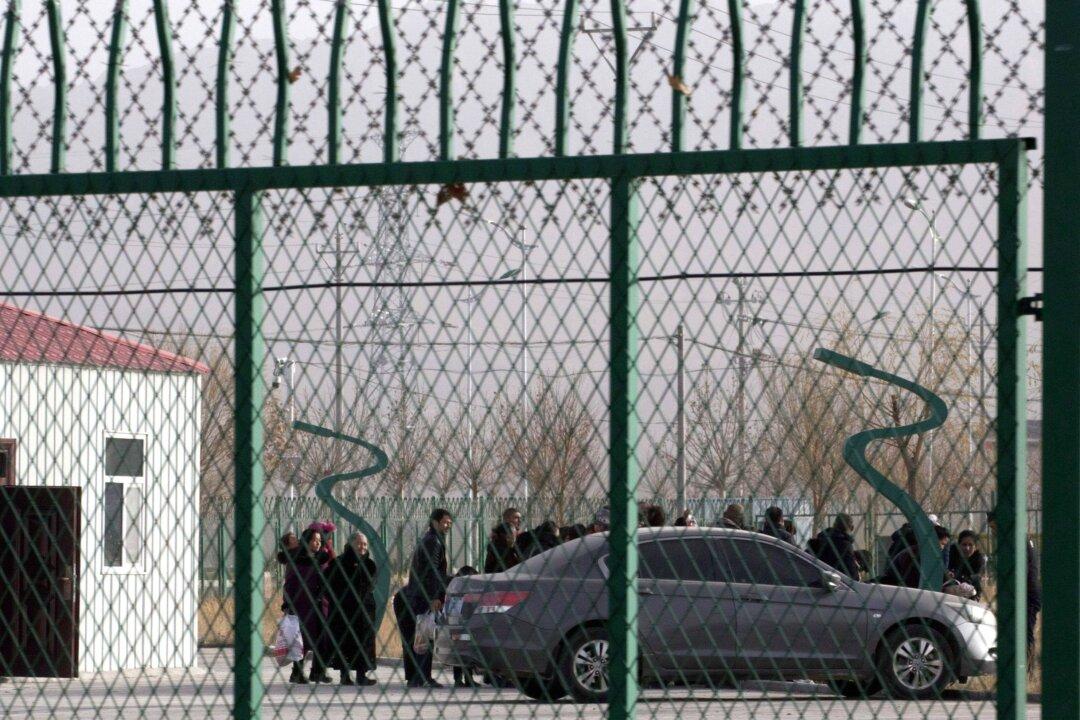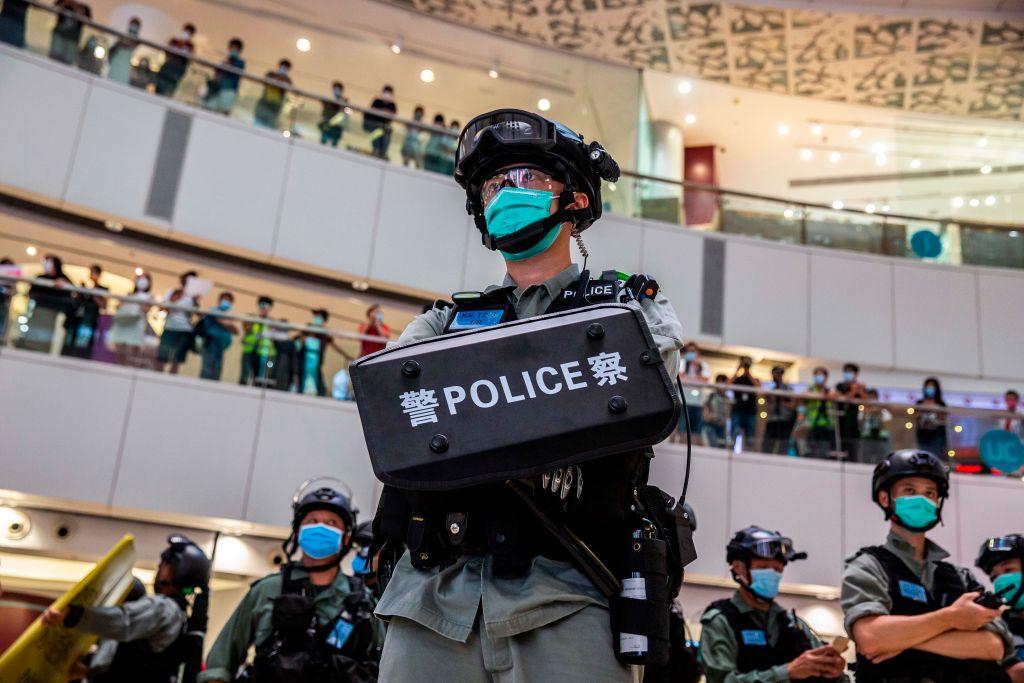The federal government has launched a public consultation on new measures to curb imports of goods made with forced labour. The move comes amid increased scrutiny of China’s use of forced labour involving persecuted groups.
International Trade Minister Mary Ng announced the public consultation on Oct. 16, saying that it aims to strengthen the enforcement of the ban on importing forced labour goods in alignment with the Canada-United States-Mexico Agreement (CUSMA) and actions taken by allied countries.





